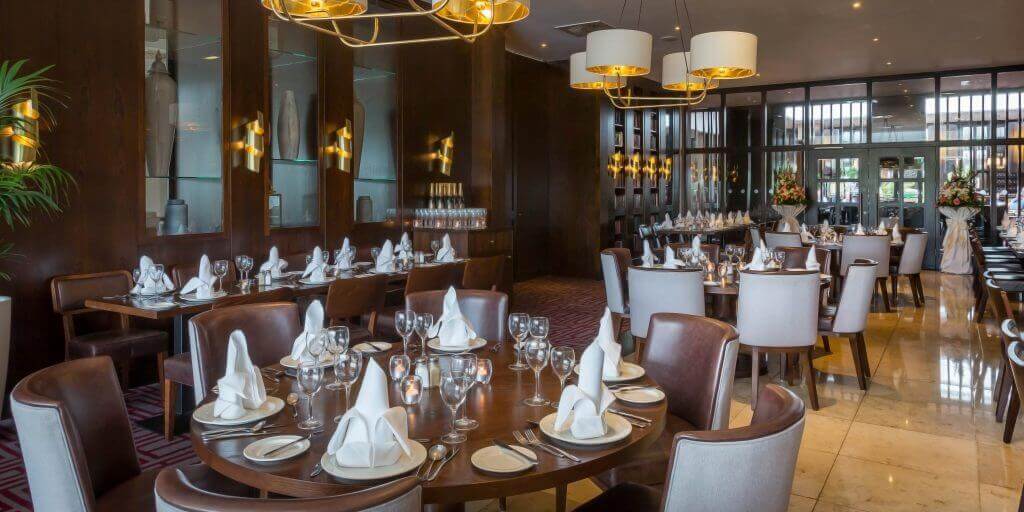
Dining is part and parcel of the travel experience, with many people now drawn towards destinations based on their food culture and cuisine.
Thanks to the rise of food tourism, an increasing number of hotels are launching dining experiences of their own. Whether it’s an in-house event or a partnership with third-party food brands – the aim is to increase loyalty and create a seamless experience for customers.
So, what are hotels doing, and will it work? Here are a few examples.
InterContinental Hotels partners with OpenTable and GrubHub
InterContinental Hotels Group (IHG) – the owner of Holiday Inn, Crowne Plaza, and many other big hotel chains – recently announced a partnership with OpenTable and Grubhub to launch a new food and drink loyalty programme.
The idea of the scheme is that IHG loyalty members can earn points whenever they make a restaurant reservation via OpenTable or order a takeout from GrubHub to be delivered to their hotel.
To earn points, members must use an IHG channel to book or order, such as its app, website, or hotel WiFi.
So how is it different to other food-based loyalty programmes? While traditional ones might merely reward members for using the in-hotel restaurant or dining out in select restaurants, IHG is giving its members much more choice, allowing them to choose any restaurant on OpenTable or order whatever they want from GrubHub.
The clever part is that the loyalty programme is pretty much guaranteed to generate engagement. After all, eating is both a daily habit and a social experience, meaning that members are likely to use and enjoy the programme regardless of why they’re travelling or what their personal circumstances are. Naturally, they’re also likely to look favourably on the hotel group for rewarding them for partaking in the activity.
In turn, IHG is able to play a much bigger role for members, having a direct impact on their travel experience even when they’re out and and spending their money elsewhere.




